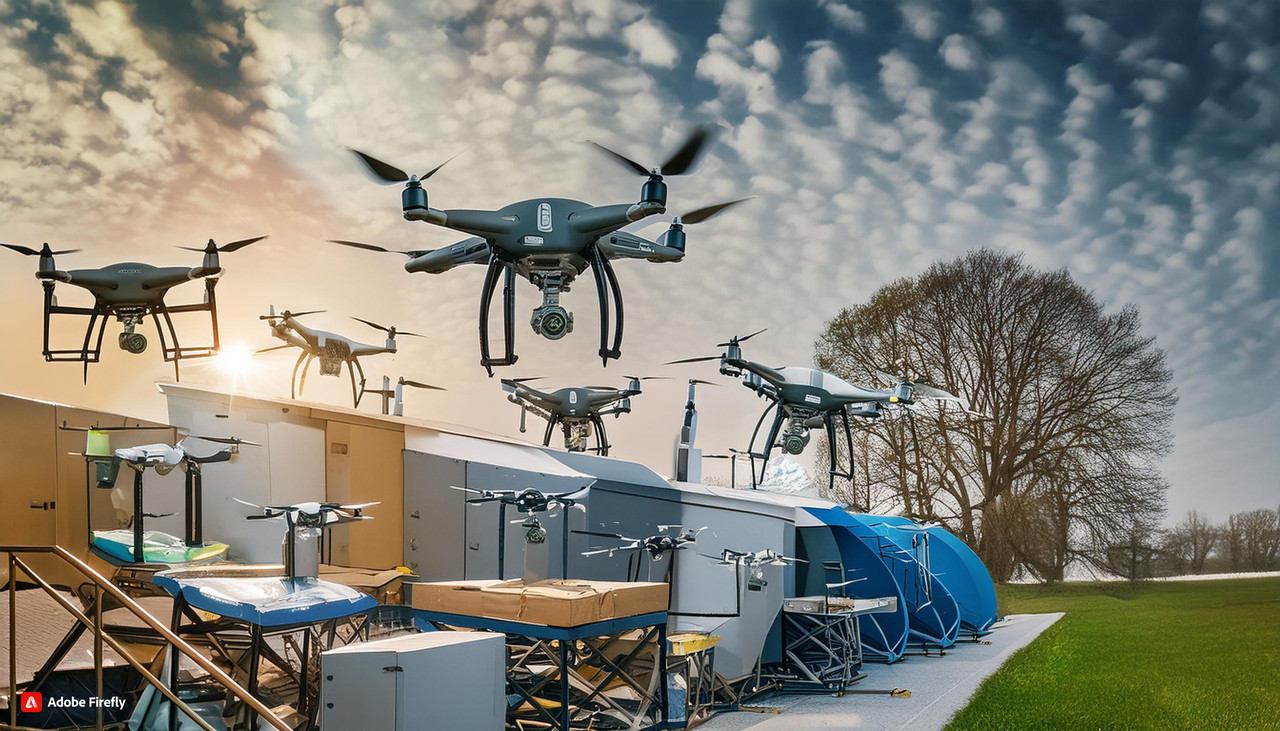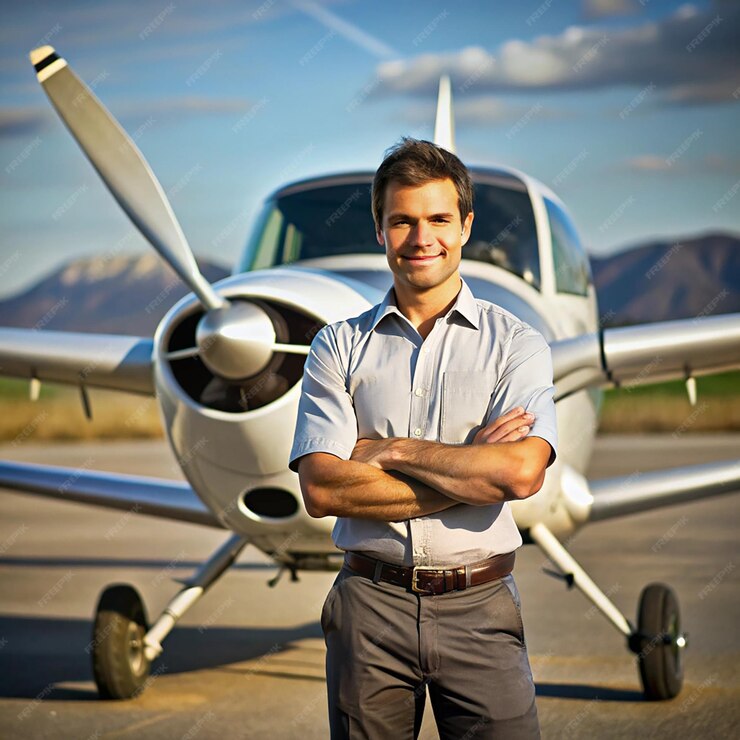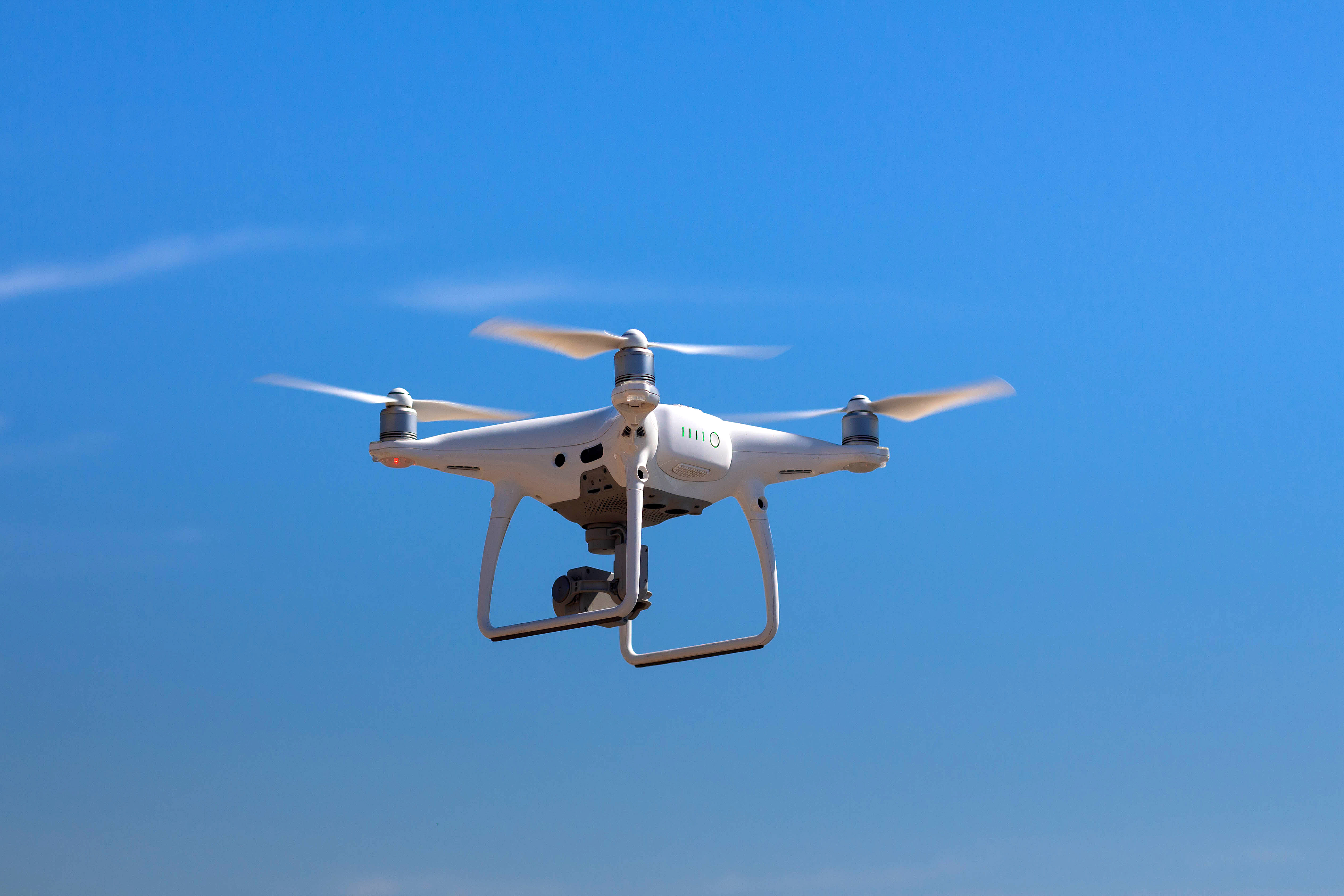
10 Tips for First-Time Drone Flyers

If you are a beginner at drone flying, the expectation of that first flight is thrilling, and your enthusiasm is palpable. Just think about getting it up in the air.
Will it bang into the nearest tree? Or worse, will it fly off into the distance on its own, never to be seen again? By their very tech nature, most of the best drones are expensive, and the last thing you want is for your pride and joy to crash on its first outing.
These concerns affect even some skilled drone pilots, but get this: the second the drone goes up off the ground all by itself with your thumbs touching the controllers, your pulse rate will also slow down, and you will be astonished by the fact that how vivid modern tech is.
Today’s drones are extremely reliable, with most crashes resulting from pilot error. So, if you’re a newbie, read these beginner drone-flying tips to get you started and stay safe while flying.

1. Before Drone is in the Air
Once the drone is linked to your phone app and before starting the motors, check how many satellites the drone has found. Currently, it should locate over 10 satellites for every flight, no matter where you are. GPS links to the drone-like unseen marionette strings helping to keep the drone in a fixed position when flying while instantaneously logging its flight path and taking it back to the drone pilot in the case of an emergency. Also, check the battery on both the drone and the controller, and don’t take off the drone with less than 30% of the battery.

2. When the Drone is Ready to Take-Off
All expert drone pilots will make some basic manoeuvres immediately after takeoff, typically at just beyond head height, to guarantee everything is working properly. Also, letting the drone hover after takeoff gives it adequate time to record its GPS position to find its way back effortlessly if you hit the return-to-home button.

3. Keep the Drone in Sight
The law states that the drone should always be kept in sight. This means you should see it with the naked eye at all times. Yes, there are videos of drones flying up to 10 miles from the pilot, but most long-range flights were illegal. Either that or the land was so isolated it was safe to do so.
Overall, your average flight should nearly completely involve watching the drone in the air, not the live stream from the drone-mounted camera. Yes, you will be required to glance at the phone when composing a video shot or lining up for a still photo, but always look up where the drone is in the sky.

4. Flight Parameters of the Drone should be Monitored
Together with keeping the drone in sight drone and looking at the live video stream, it’s significant to check the drone’s in-flight parameters from time to time. This comprises altitude, battery percentage, distance, speed and the number of satellites the drone is logged on to. With regards to the battery percentage, it’s best to present a 30% brink in the settings menu, so you have several warnings to get the drone back to the ground in time. A setting of 30% will provide about 20 minutes of safe flying time.

5. Be Mindful About the Orientation of the Drone
Drones can fly in any course and orientation, and this is one of the most perplexing aspects of drone flight, particularly when the drone is a hundred feet away, and you can’t tell which way it’s facing. Incorrect orientation is responsible for the majority of accidents.
The next thing you need to do is hit the return-to-home button that most drones have. Once tapped, the drone will fly at a determined height and return, even landing automatically within just a few feet of its take-off point. Just set a return-to-home height of at least of 80 feet so the drone can clear any tall trees or other hindrances on its way back, guaranteeing a safe return.
Otherwise, you could try the following method. Most drones have a small map in the phone screen’s corner with a triangular icon depicting the drone’s orientation. Adjust it to point away from or towards you, and use the forward or reverse stick to move the drone again. While doing this, check if the drone's camera feed shows any landmarks. Be patient, and the drone will ultimately return to you.

6. Avoid Flying Drones Near Trees and Other Obstacles
Drones should always be flown above trees. If flying them at the height of the trees, remember that there is an adequate distance between the drone and the tree, particularly if you are some distance away from where depth perception will be affected. If a drone is flown in an area with many obstacles, such as trees and buildings, always make sure that it has an obstacle avoidance feature.
Most DJI drones have forward obstacle sensing and avoidance as a minimum. Obstacle avoidance automatically stops the drone when one of its sensors senses a solid object.
However, obstacle avoidance does not work well with trees because of the several gaps in the foliage, so avoid flying near them. Likewise, obstacle avoidance does not work in ‘sports’ mode.

7. Avoid Flying Near Airports
Drones should not be flown in the close vicinity of an airport. Most DJI drones will not take off in a restricted zone. If flying near a small, private airfield that does not have the same flight restrictions, always remember not to fly a drone when there is an aircraft in the vicinity.
Many drones have AirSense, a feature that gathers flight data and automatically sends it to neighbouring aircraft. However, some light aircraft don’t have it, so use your ears. If you notice the sound of a plane nearby, take the drone down to the ground, as the plane might be about to land or take off.

8. Avoid Flying Near Nesting Birds
Bird strikes are common when drones take flight. Since several birds are territorial, they guard their airspace by dive-bombing an intruding drone. This is particularly predominant during the nesting season. Thankfully, most birds are inquisitive and keep a distance. Still, some make an impact with a drone, which is the worst-case scenario since not only will the drone crash, but the spinning props can injure the bird.

9. Fly at Lower Heights for Taking a Video
Drone laws state a maximum height of 400 feet from the ground. If shooting a video, you should always hold a comparatively low altitude of 50 to 100 feet because the footage is much finer from these heights. You will get the most sensational footage by shooting just a few meters above head height.

10. Keep the Speed of the Drone Slow
If the drone is up in the air to shoot a video, use gentle input on the control sticks so the resultant footage looks smooth and cinematic simultaneously. The only time fast footage is best suited is when scooting low across an extensive field or using an FPV drone to shoot remarkable bird’ s-eye footage speeding low over a mountain cape.
Coming to a Concrete Close
Now that you know the type to keep in mind while flying a drone if you are a beginner, you can have a safe flight. To ensure that nothing bad happens when you are flying a drone, you need to get proper training and certification in drone piloting. We at Flapone Aviation are the masters in drone and aircraft pilot training in Delhi-NCR. So, if you love drones and want to fly them well, you can always enroll with us and embark on a fruitful journey as a drone pilot in India.
Related Blog
Latest updates and insights from Flapone Aviation.

What Types of Drones Are Present in the Market?
October 8, 2024

How to Become a Pilot After 12th in India?
February 7, 2025

What are the Basics of Drone Piloting?
February 7, 2025




Author Bio
A dynamic and seasoned content writer with 6 years of experience curating content for different platforms. With the knowledge of all the cogs of content writing and SEO, he has served in various industries. He believes that content is the kingpin, and if penned well, it has a lasting impact on the minds of the readers. Apart from content creation, he is also an ardent poetry lover and performer. He has two publications of his poetry collection, namely Alfaaz and Chestha